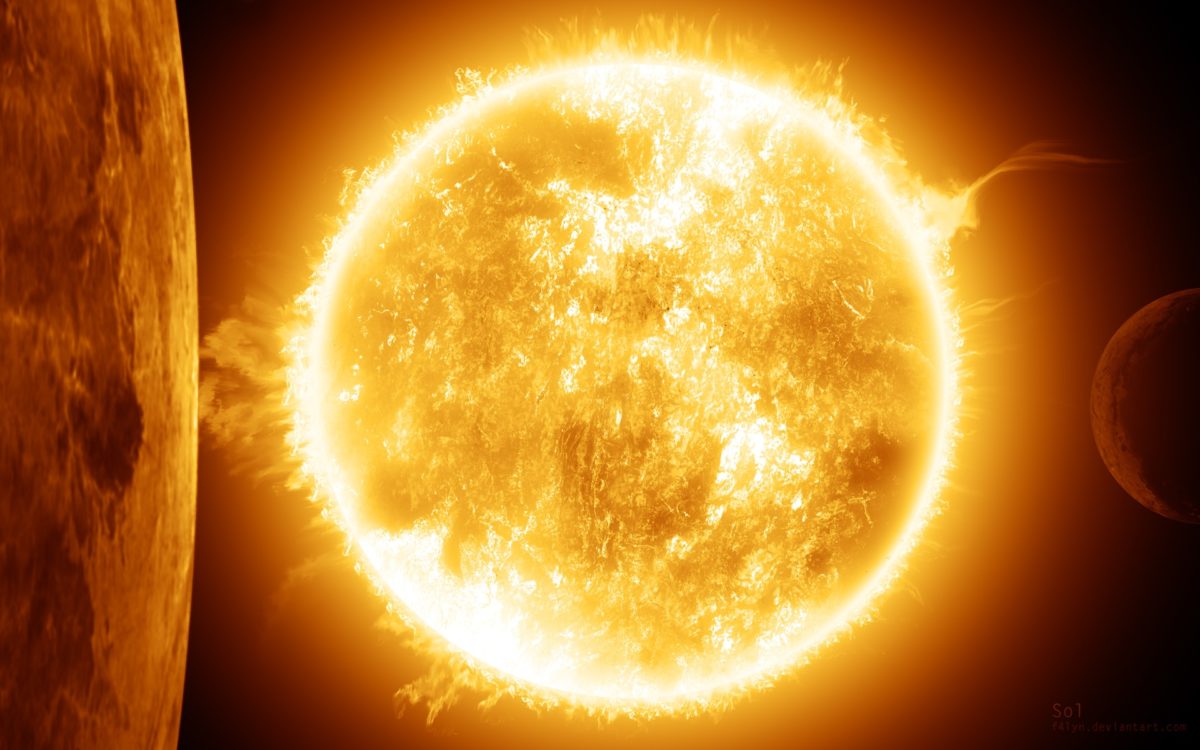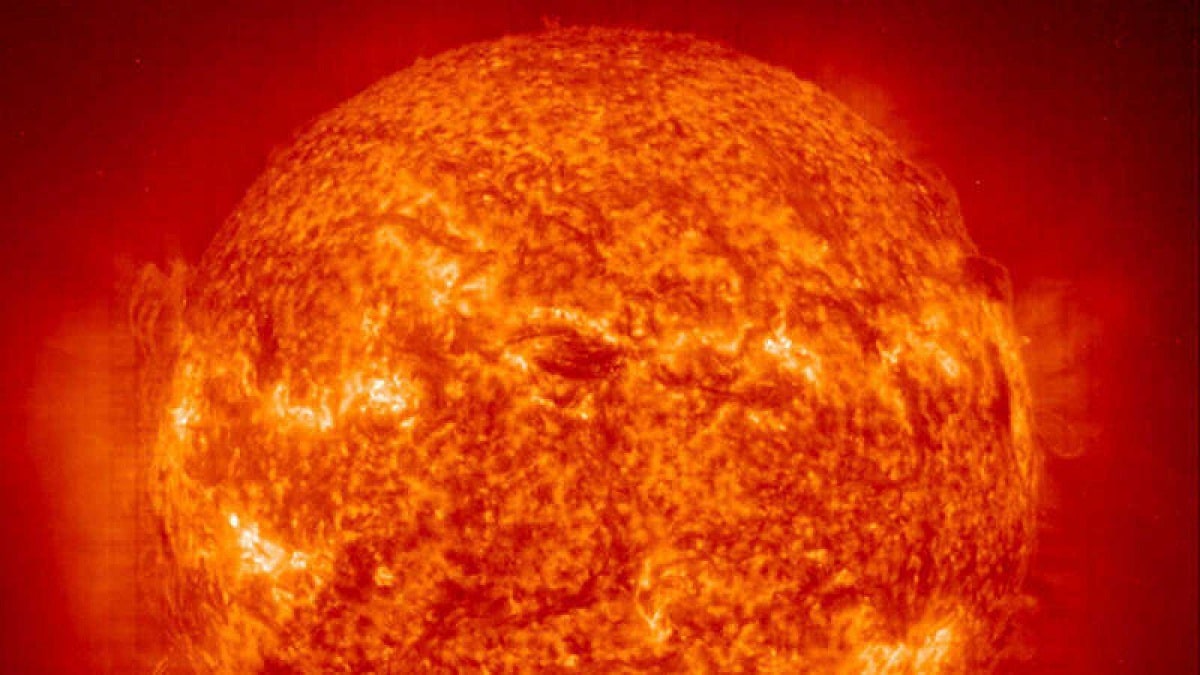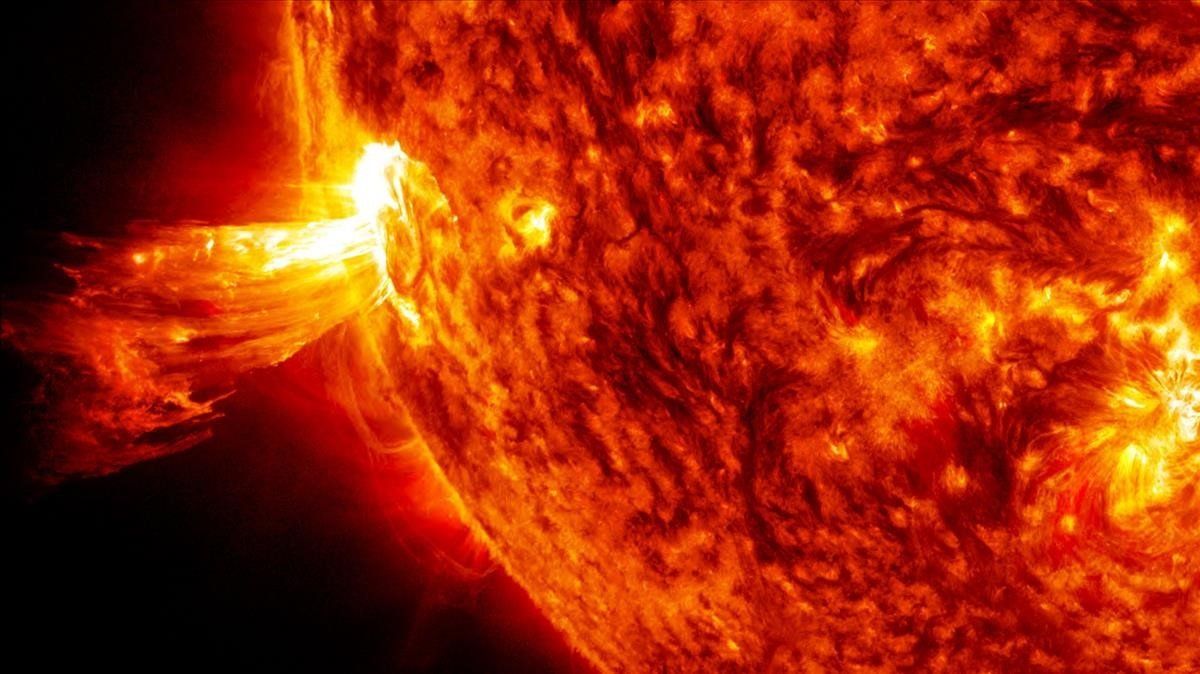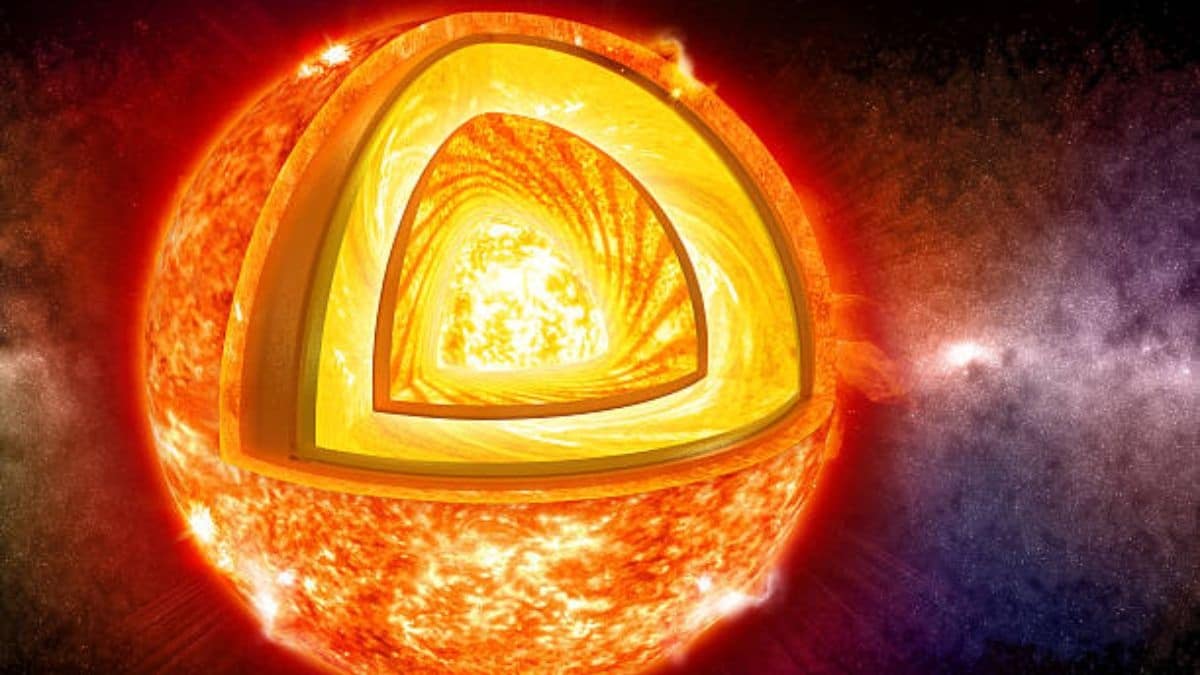
The star that forms the center of the solar system and is closest to the earth is the sun. Thanks to the sun, our planet can provide energy in the form of light and heat. It is this star that produces the different climatic conditions, ocean currents and seasons of the year. In other words, it is precisely because the sun provides the basic conditions necessary for the existence of life. The characteristics of the sun are unique and its performance is very interesting. There are some people who don't know what is the sun nor its characteristics, function and operation.
Therefore, we are going to dedicate this article to tell you what the sun is, its characteristics and its function.
What is the sun

The first thing of all is to know what the sun is and what its origin is. It must be borne in mind that it is the most important celestial object for our survival and that of the rest of living beings. There are numerous materials that have formed the sun and it is estimated that they began to agglutinate due to the action of gravity as it grew larger. The board of gravity is what caused matter to accumulate little by little and, as a result, the temperature also increased.
The time came when the temperature was so high that it reached around a million degrees Celsius. At this time when the temperature and the action of gravity together with the agglomerated matter began to form a nuclear reaction so strong that it is the one that has given rise to the stable star that we know today.
Scientists claim that the basis of the sun is all the nuclear reactions that occur in a reactor. We could consider the common sun a fairly typical star even though it has a mass, radius, and other properties that are outside of what is considered the average for stars. It can be said that it is all these characteristics that make it the only system of planets and stars that can support life. At present we do not know any type of life beyond the solar system.
Human beings have always been fascinated by the Sun. Although they cannot look at it directly, they have created many methods to study it. Observation of the sun is done using telescopes that already exist on earth. Today, with the advancement of science and technology, it is possible to study the sun thanks to the use of artificial satellites. Using spectroscopy, you can know the composition of the sun. Another way to study this star is meteorites. These are the sources of information because they maintain the original composition of the protostar cloud.
Key features

Once we know what the sun is, let's see what its main characteristics are:
- The shape of the sun is practically spherical. Unlike other stars in the universe, the sun is almost completely round in shape. If we look from our planet, we can see a perfectly circular disk.
- It contains various elements that are very abundant such as hydrogen and helium.
- The angular size of the sun is about half a degree if the measurement is taken from planet Earth.
- The total area is approximately 700.000 kilometers and it has been estimated from its angular size. If we compare its size with that of our planet, we see that its size is approximately 109 times larger. Even so, the sun is classified as a small star.
- In order to have a unit of measurement in the universe, the distance between the sun and the Earth has been taken as an astronomical unit.
- The mass of the sun can be measured from the acceleration that the land acquires when it moves closer to you.
- As we all know, this star undergoes periodic and violent activities and is related to magnetism. At that time sunspots, flares and bursts of coronal matter appear.
- The density of the sun is much lower than that of the Earth. This is because the star is a gaseous entity.
- One of the most famous characteristics of the sun is its luminosity. It is defined as the energy that can be radiated per unit of time. The power of the sun is equal to more than ten raised to 23 kilowatts. In contrast, the radiant power of known incandescent bulbs is less than 0,1 kilowatts.
- The effective surface temperature of the sun is about 6.000 degrees. This is an average temperature, although its core and top are warmer areas.
What is the sun: internal structure

Once we know what the sun is and what its main characteristics are, we are going to see what the internal structure is. It is considered a yellow dwarf star. The mass of these stars is between 0,8 and 1,2 times the mass of the sun king. Stars have certain spectral characteristics depending on their luminosity, mass, and temperature.
To facilitate the study and understanding of the characteristics of the sun, its structure is divided into 6 layers. It is distributed in very different areas and starts from the inside. We are going to divide and point out the main characteristics of the different layers.
- Core of the sun: Its size is about 1/5 of the radius of the sun. This is where all the energy radiated by the high temperature is generated. The temperature here has reached 15 million degrees Celsius. Also, the high pressure makes it an area equivalent to a nuclear fusion reactor.
- Radioactive zone: The energy from the nucleus propagates to the radiation mechanism. In this field, all existing substances are in the plasma state. The temperature here is not as high as the core of the earth, but it has reached around 5 million Kelvin. The energy is converted into photons, which are transmitted and reabsorbed many times by the particles that make up the plasma.
- Convective zone: This area is the part that photons reach in the radiation area and the temperature is approximately 2 million Kelvin. The energy transfer happens to be by convection, because the matter here is not so ionized. Convection driven energy transfer occurs by the movement of gas vortices at different temperatures.
- Photosphere: It is part of the apparent surface of the star and we always wanted it. The sun is not entirely solid, but is made of plasma. You can see the photosphere through the telescope, as long as they have a filter so it doesn't affect our line of sight.
- Chromosphere: It is the outermost layer of the photosphere, which is equivalent to its atmosphere. The luminosity here is redder, the thickness is variable and the temperature range is between 5 and 15.000 degrees.
- Crown: It is a layer that has an irregular shape and extends over multiple solar radii. Visible to the naked eye, its temperature is about 2 million Kelvin. It is not clear why the temperature of this layer is so high, but they are related to the strong magnetic field generated by the sun.
I hope that with this information you can learn more about what the sun is and what its characteristics are.